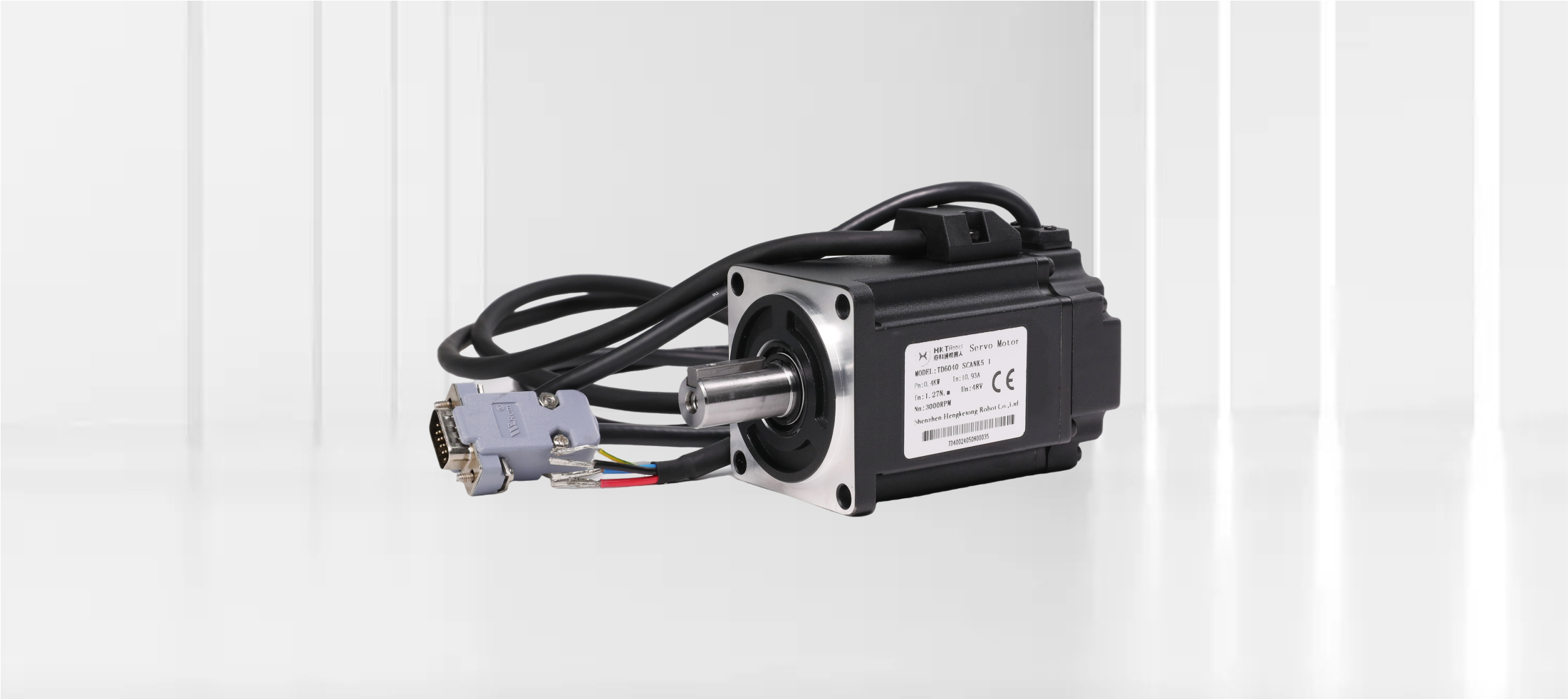Motor gücü seçimi, AGV tahrik tekerleği gücü hesaplamasında, endüstriyel hareket kontrolünde ve planet dişli kutusu tabanlı şanzıman sistemlerinde kritik bir rol oynar. Bu kılavuz, üç pratik güç hesaplama yöntemini ele almakta ve P = F × V denkleminin neden yaygın olarak kullanıldığını açıklamaktadır. Mühendislik doğruluğu için tork dönüşüm formülleri ve boyutlandırma kriterleri de eklenmiştir.
1. Motor Gücü Hesaplaması İçin Üç Pratik Yöntem
| Yöntem | Başvuru | Formül | Kuvvet | Sınırlama |
|---|---|---|---|---|
| Kuvvet-Hız | Doğrusal modüller, AGV tahrik tekerlekleri | P = F × V → Pmotor = (F × V × K) / η | Basit | Tork dönüşümü gerektirir |
| Tork-Hız | Döner tablalar, direksiyon aksı | P = T × ω veya P = T × n / 9550 | Kesin | T & n gerektirir |
| Ampirik Tahmin | Kaldırma sistemleri | P = (G × H) / (270 × η) | Hızlı | Kabaca tahmin |
Gömülü anahtar kelimeler: servo motor boyutlandırma, AGV tahrik ünitesi seçimi, endüstriyel otomasyon güç hesaplaması
2. P = F × V'nin Evrensel Çekirdek Formülü Olmasının Nedeni
Temellerden:
T = F × r
ω = V / r
⇒ ✅P = T × ω = F × V
Hem doğrusal hem de dönme hareketi için çalışır
3. Tork Hesaplaması ve Şanzıman Dönüşüm Tablosu
| Öğe | Formül | Notlar |
|---|---|---|
| Motor torku | Tmotor = 9550 × P(kW) / n(rpm) | Anma hızına göre |
| Tekerlek torku | Twheel = Tmotor × i × ηg | Şanzıman oranı i |
| Doğrusal kuvvet | F = T tekerleği / r | Tekerlek yarıçapı r |
Anahtar kelimeler şunları içerir: AGV tekerlek torku hesaplaması, planet dişli kutusu tork dönüşümü, servo tork grafiği
Servo Boyutlandırma En İyi Uygulamaları
| Kriterler | Tavsiye |
|---|---|
| Atalet oranı Jload/Jmotor | ≤ 5 istikrar için |
| Güvenlik faktörü K | 1.2–2.0 |
| Sürekli tork marjı | ≥ %20 |
| Yüksek hızlı doğrudan tahrik | Termal performansa öncelik |
4. Gerçek Vaka Referansı: Doğrusal Modül
Yük 25 kg / Hız 0,4 m/s
→ Teorik: 9,8 W
→ Düzeltildi: 16,3 W
→ Son motor: yaklaşık 40 W servo (tork doğrulandı)
Servo motor boyutlandırmasında tork ve verimliliğin neden dikkate alınması gerektiğini gösterir.
✅Sonuç
| Götürmek | Fayda |
|---|---|
| P = F × V evrensel olarak geçerlidir | AGV/AMR hareket kontrolü, robotik |
| Verimlilik ve atalet dikkate alınmalıdır | Aşırı yüklenmeyi ve aşırı ısınmayı önleyin |
| Sadece erken tasarım için deneysel yöntemler | Son bileşen siparişi için değil |
Doğru güç ve tork hesaplaması sistem güvenilirliğini ve optimum performansı garanti eder.

Paylaşmak:
Endüstriyel Otomasyon ve Akıllı Lojistik için Yüksek Performanslı Servo Motor + Planet Redüktör
Motor Gücü Hesaplama Kılavuzu: Servo Motor Boyutlandırma ve AGV Hareket Tasarımında P=F×V'nin Önemi